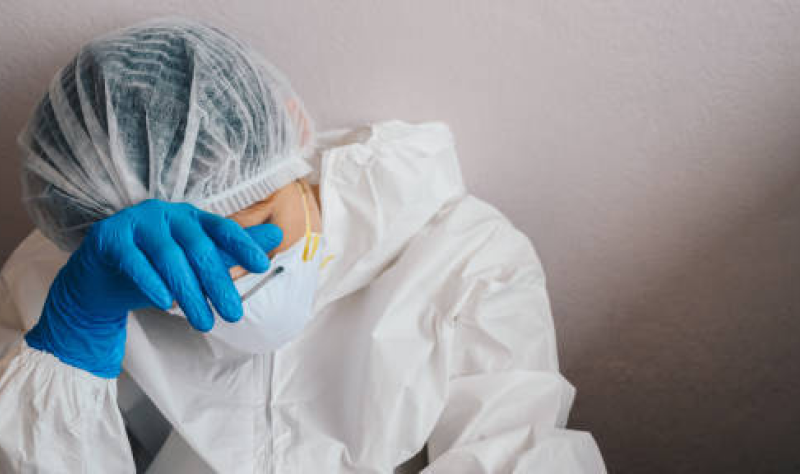Research indicates that around 8% of Americans experience long COVID post-infection, but this rate is significantly higher among healthcare and dental professionals. A meta-analysis of 28 studies found a 40% prevalence of long COVID among healthcare workers globally, with common symptoms including fatigue and neurological issues. A separate German study reported a 23% long COVID rate in dental professionals, particularly affecting auxiliary staff more than dentists. Vaccination appears to lower the risk of long COVID, showing a 10% difference in incidence rates between vaccinated and unvaccinated dental team members. These findings highlight the need for targeted interventions for affected healthcare workers.
Research indicates that around 8% of Americans have encountered long COVID or enduring symptoms following an acute COVID-19 infection. Recent international studies now point to a much higher prevalence among healthcare and dental professionals.
Global prevalence of 40% in health workers
The first study, published in BMJ Public Health, involved a meta-analysis of 28 studies with a total sample size of 6,481 healthcare workers (HCWs). Since the outset of the pandemic in 2020, HCWs have faced increased risk for COVID-19 infections due to both exposure to the virus and working in high-stress environments, which may worsen the likelihood of experiencing long-term post-viral symptoms.
The authors defined long COVID as ongoing symptoms and/or functional disability following SARS-CoV-2 infection for a minimum of 4 weeks from the onset of symptoms or from the time of diagnosis, applicable to individuals whose SARS-CoV-2 infection was self-reported, clinically diagnosed, or confirmed through laboratory tests. All studies were completed prior to February 2022.
During an average follow-up of 22 weeks, the pooled prevalence of long COVID among HCWs who had contracted SARS-CoV-2 was found to be 40% (95% confidence interval [CI], 29% to 51%). In three studies with follow-up beyond 12 months, the pooled prevalence decreased to 26% (95% CI, 7% to 46%).
The primary symptoms reported by HCWs included fatigue (35%), neurological symptoms (25%), changes in smell and/or taste (25%), muscle pain (22%), and shortness of breath (19%).
“Given the significant prevalence of long COVID among HCWs, policymakers must evaluate the effect of long COVID on their workforce and prioritize care for this condition,” the authors stated. “Moreover, these insights indicate the need for customized interventions to manage workloads and ensure sufficient rest for HCWs impacted by long COVID.”
Dental professionals at heightened risk
The second study conducted a survey in Germany, revealing a 23% incidence of long COVID among dental professionals, with auxiliary personnel experiencing higher rates than dentists. This study appears in Scientific Reports.
Based on responses from 267 team members across 186 German dental practices, the study gathered data through an online questionnaire regarding vaccination status, confirmed COVID-19 diagnosis, and self-reported long COVID symptoms.
A COVID-19 infection occurring after January 1st, 2021, was reported by 146 (54.7%) participants, of whom 33 (22.6%) reported experiencing long COVID symptoms, according to the authors.
Vaccination rates were lower among dental auxiliary personnel when compared to dentists (95.9% vs. 84.2%), and the auxiliary personnel (which includes assistants and hygienists) exhibited higher long COVID rates than dentists.
“Individuals presenting with long COVID symptoms were more frequently dental assistants (long COVID 48.5% vs. no long COVID 29.2%) or dental hygienists (15.2% vs. 8.0%) than dentists (36.4% vs. 62.8%),” the authors noted.
Similar to the first study, the prevalent long COVID symptoms included exhaustion, fatigue, and difficulty concentrating. Overall, vaccination appeared to offer some protective effect against long COVID in this study.
We observed a 10% difference in the incidence of long COVID between vaccinated and non-vaccinated dental team members.
“We noted a 10% difference in the incidence of long COVID between vaccinated and non-vaccinated dental team members,” the authors stated. “However, due to the limited number of participants with long COVID, we cannot definitively conclude whether unvaccinated dental healthcare workers are more prone to long COVID or if they experience more severe symptoms.”
